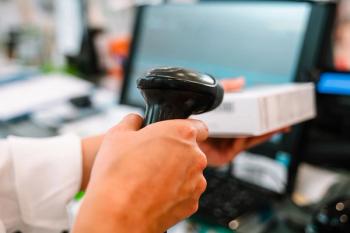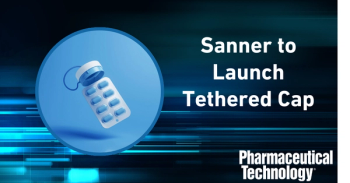
Pharmaceutical Technology Europe
- Pharmaceutical Technology Europe-08-01-2014
- Volume 26
- Issue 8
Protecting Drug Safety
In the past 10 years, safety issues have become increasingly important in pharmaceutical packaging, from needle sticking safety to counterfeit protection.
Packaging Provides Safety and Security
Packaging machinery suppliers describe how changes in regulations have driven developments in packaging and look ahead to coming challenges.
In the past 10 years, safety issues have become increasingly important in pharmaceutical packaging. Needle shielding is one example. The United States government issued the “Needlestick Safety and Prevention Act” for the protection of medical personnel against needlestick injuries in 2000, and an EU directive (2010/32/EU) was published in 2010. A variety of solutions have been developed, from a functional label with integrated needle shield (i.e., needle trap) to more complex safety devices with a retraction mechanism for the injection needle. We, as manufacturers of special machinery, must take up such new requirements and develop new solutions for the production process.
Pharmaceutical Technology Europe
Another challenge with regard to drug safety is the control of counterfeit drugs. The EU has issued the so-called “Counterfeit Directive” (2011/62/EU) to protect the consumer against drug counterfeits. The directive demands, among other requirements, a tamper-evident closure for prescription pharmaceuticals by which one can see if a package has already been opened or manipulated.
To safeguard the channel of distribution against counterfeit drugs, drug packages are serialised by imprinting a two-dimensional code. Besides an incidental serial number, the code can also accommodate variable data such as the date of production and batch number. The objective is to store the data of the drugs in a central database and to monitor the distribution chain from the manufacturer through the wholesale trade and the pharmacy to the final consumer.
The race between pharmaceutical manufacturers and counterfeiters will keep going on in the future, because sooner or later every safety feature can be copied. Ideas are needed from the packaging industry so that packages can be marked with new safety features, such as the use of DNA markers on folding boxes or plastic sleeves for vials that are covered by a perforated, adhesive label and irreversibly destroyed upon opening. Packaging-machine manufacturers will take up these new ideas and continue to develop new solutions.
About the Author
Rüdiger Manthey is a pharmacist for Pharma Compliance at Bausch+Ströbel Maschinenfabrik Ilshofen.
Articles in this issue
over 11 years ago
Serialisation, Aggregation and Authenticationover 11 years ago
Single-Use Systems: Enabling the Future of Biologics Manufacturingover 11 years ago
Trends in Single-Use Biomanufacturingover 11 years ago
Polymers for Solubility Enhancementover 11 years ago
Innovations and Future Trends in HPLC Column Technologyover 11 years ago
Advances in Film Coatingover 11 years ago
Biosimilar Development: 10 Years Onover 11 years ago
Supply-Chain Security of Pharmaceutical Starting Materialsover 11 years ago
Maturing Aseptic Technologies Create More Flexible FacilitiesNewsletter
Get the essential updates shaping the future of pharma manufacturing and compliance—subscribe today to Pharmaceutical Technology and never miss a breakthrough.




